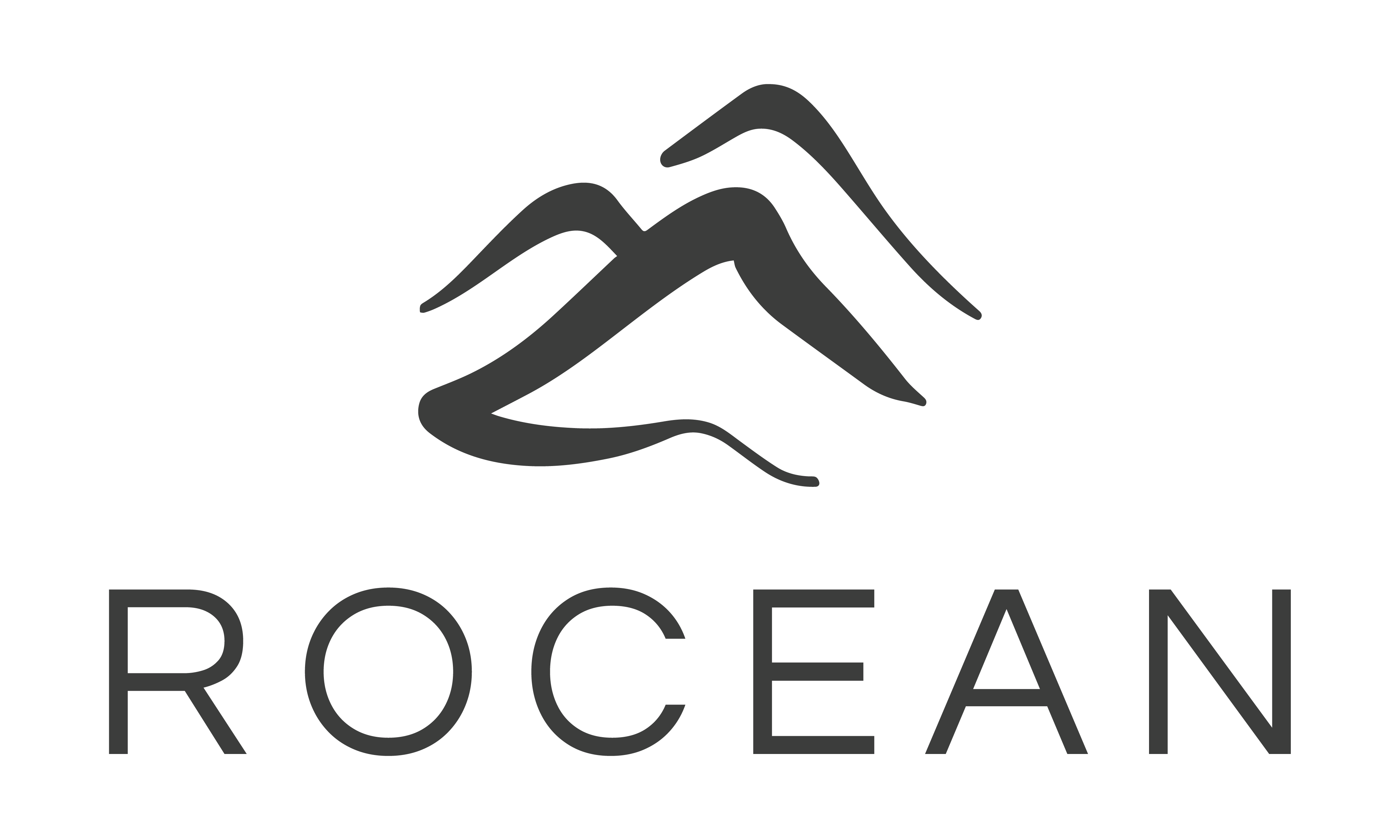Hot bath for aches and pains: a simple remedy to rediscover
When the body protests after the effort, the hot bath for aches and pains is a natural reflex. Its effects are not only relaxing: they are also physiologically proven. Immersing tired muscles in warm water activates blood circulation, relaxes tissues, and promotes the elimination of metabolic waste.
Unlike drug-based solutions, heat offers gentle relief without side effects. This makes it a valuable ally in a physical recovery routine, whether you're a regular athlete or an occasional participant. The body needs rest, but also attention, and this moment of enveloping warmth can make all the difference.
Even though the current trend is towards cold bath , widely acclaimed for its effectiveness after an intense workout, heat still has an important place, particularly for relieving established pain or deep relaxation.
Hot bath for muscle aches: why it really works
THE hot bath for aches and pains works by dilating blood vessels. This vasodilation increases the supply of oxygen and nutrients to contracted muscle areas, while accelerating the evacuation of lactic acid and toxins. The result: tension decreases, pain eases, and the body gradually regains its mobility.
This method is particularly useful 24 to 48 hours after exercise. When you experience widespread stiffness, sore muscles, or persistent fatigue, heat helps to deeply relax muscle fibers. It's also a good time for mental recovery: calm, warmth, slow breathing... everything encourages relaxation.
If the pain is acute or localized, alternating between hot and cold can be beneficial. But for widespread aches and pains, heat is often the best option. As long as you don't prolong the bath too long—15 to 20 minutes is enough to feel its effects, without further tiring the body.
Hot or cold bath for aches and pains: choose according to the moment
It is not always easy to decide between hot or cold bath for muscle soreness . The right answer depends on the type of pain, when it occurs, and what you're trying to achieve. Cold is ideal right after exercise to prevent inflammation. It tightens tissues, limits micro-injuries, and allows for faster recovery, as in the case of cold bath after sport .
But if pain appears the next day or the day after, heat often becomes more appropriate. It soothes established muscle tension, improves flexibility, and promotes a feeling of lightness. It's also an effective way to regain better mobility, especially after a blockage or unusual exertion.
In short: cold for prevention, heat for relief. One does not exclude the other, and they can even be alternated according to the body's needs.
Hot bath for muscle soreness: a routine to integrate effortlessly
THE hot bath for muscle aches does not require any specific equipment or complex organization. A standard bathtub, water at the right temperature (between 37 and 39°C), and a moment of calm are all you need. What matters is regularity: a few well-placed baths during the week can considerably improve recovery.
You can enhance the effect of the bath with a few simple tips: add Epsom salt for its remineralizing properties, a few drops of lavender or peppermint essential oil to relax the muscles, or practice some gentle stretches right after immersion.
This moment can also become a general wellness ritual: soft music, subdued lighting, slow breathing. The body relaxes, and so does the mind. It's not just a muscle treatment; it's a break, a return to calm.
Hot bath for aches and pains: a complementary alternative to cold
Faced with the cold, often highlighted in modern recovery protocols, heat remains an option not to be overlooked. If the cold stimulates and activates, the hot bath for aches and pains calms and regenerates. It is aimed at other times, other pains, and another type of fatigue.
We hear a lot about the benefits of cold bath and recovery from sports , especially in the 30 minutes following exercise. But beyond this time, the effects of heat take over. The two methods are not opposed: they are coordinated according to the body's rhythm.
It's this complementarity that allows for complete recovery, over several days. Integrating heat into a post-workout routine gives the body active rest. Another way to accelerate deep fitness.
The word of the body: listen, feel, adapt
There is no one-size-fits-all solution for pain. Every body reacts differently, and every effort leaves its own mark. hot bath for aches and pains is part of a spectrum of possible responses. The key is to listen to what the body is asking for. Is it a sharp pain or a dull stiffness? Is this the right time to restart or to soothe?
As you experiment, you refine your feelings. Some people will need a cold bath right after the session, while others will prefer to wait until the next day to immerse themselves in a hot bath. The important thing is to respect the body's natural rhythm.
When bathing becomes a treatment in its own right
More than just a moment of relaxation, the hot bath for aches and pains becomes a gesture of care. It does not replace stretching, eating, or sleeping, but it complements them. It fits easily into an active daily routine, at home, without any special logistics.
And it also affects the mind. After exercise, taking this time for yourself sends a clear message: you're taking care of your body and valuing your commitment. It's a simple, yet essential, way to bring your exercise full circle... gently.
Still have questions ? Let us know, we will be happy to help you.
Contact
